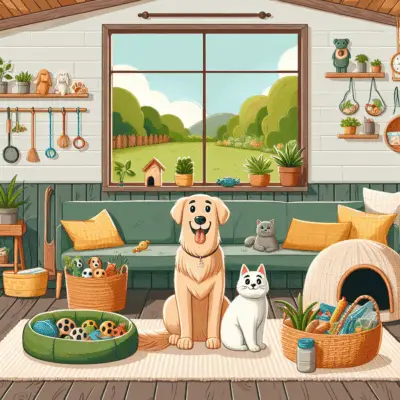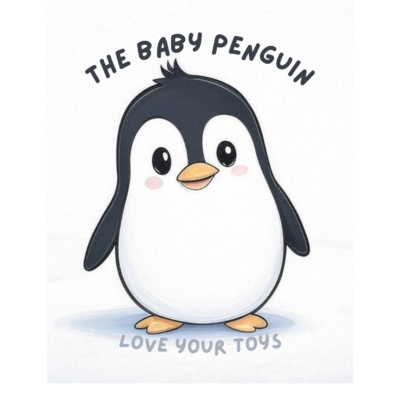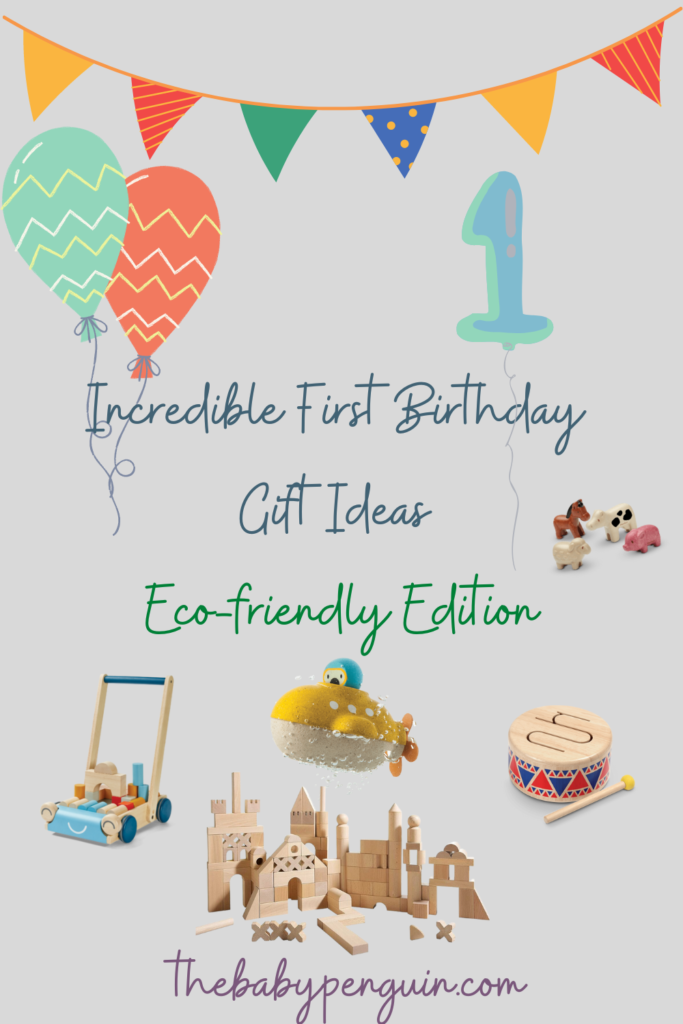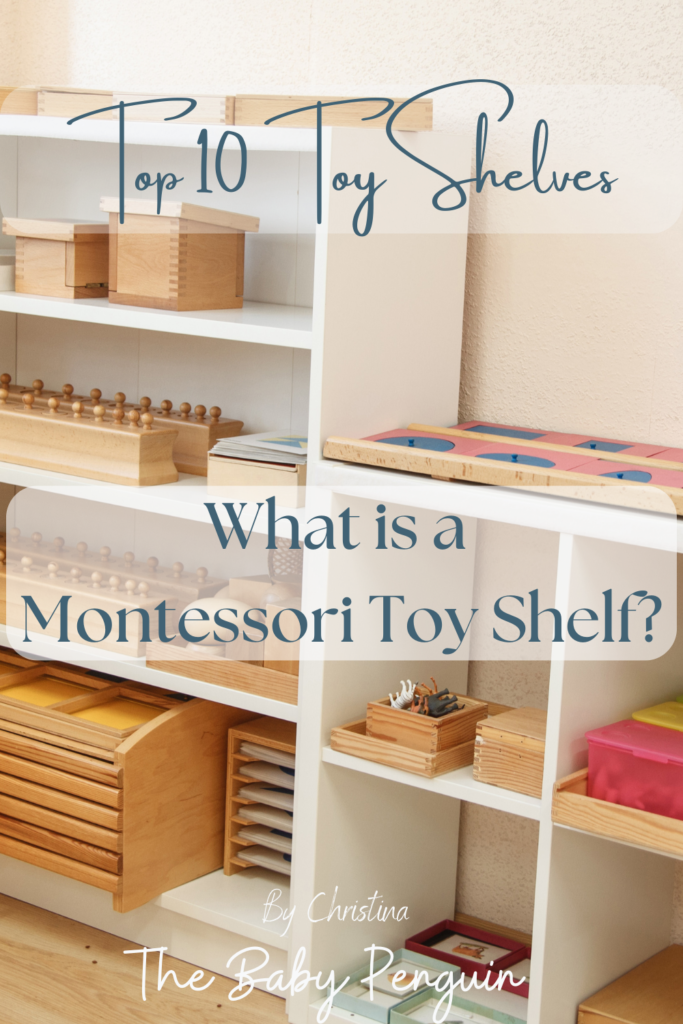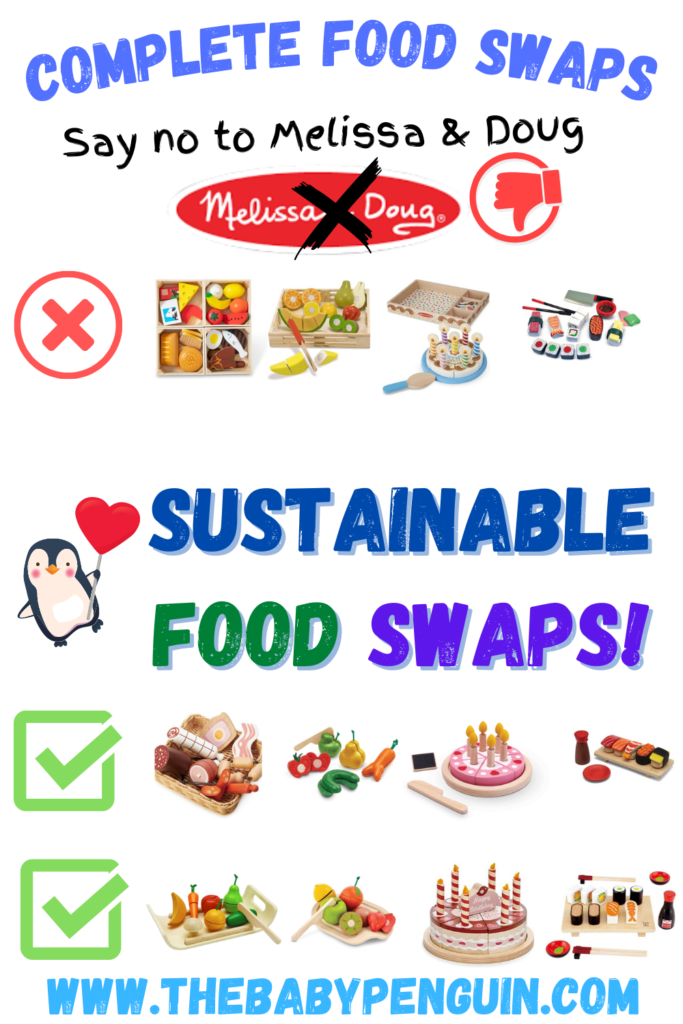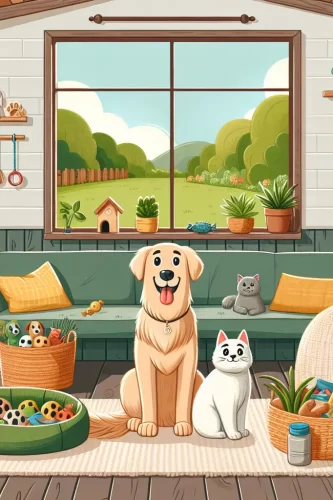Table of Contents
ToggleEco-Friendly Pet Parenting Tips for Sustainable Living
As a mom to both human children and fur babies, I’ve learned that sustainable pet parenting doesn’t require massive lifestyle changes. Often, it’s about making thoughtful choices that benefit our pets, planet, and even our wallets. My journey toward eco-friendly pet parenting began three years ago when I noticed how quickly our trash bins filled with pet-related waste.
Why Eco-Friendly Pet Parenting Matters
Our beloved companions leave significant environmental pawprints. Did you know that American pets consume roughly 25% of all animal-derived calories in the country? Or that cat litter alone contributes millions of tons to landfills annually?
These statistics initially overwhelmed me. But I’ve discovered that small, consistent changes make meaningful differences. By adopting eco-friendly pet parenting habits, we reduce waste, conserve resources, and often provide healthier environments for our pets.
Last month, my neighbor commented on how seldom she sees our trash bins out. That’s because our eco-friendly pet choices have reduced our household waste by nearly 40%!
Sustainable Pet Food Choices
Pet food production creates substantial environmental impacts through meat production, packaging, and transportation. Consider these eco-friendly alternatives:
Choose Sustainably Sourced Ingredients
Look for pet foods made with sustainably caught fish, free-range poultry, or responsibly raised meats. These products minimize habitat destruction and excessive resource use.
When I switched our Lab mix, Cooper, to a sustainable food brand, I noticed his coat became noticeably shinier within weeks. Plus, knowing his dinner doesn’t contribute to overfishing gives me peace of mind.
Buy in Bulk
Purchasing larger quantities reduces packaging waste and usually saves money. I store bulk kibble in airtight containers to maintain freshness while eliminating dozens of plastic bags yearly.
Consider Homemade Options
After consulting our veterinarian, I occasionally prepare homemade meals for our pets using local, seasonal ingredients. This reduces packaging waste and transportation emissions.
Remember that homemade diets must be nutritionally complete. Always consult with your vet before making significant dietary changes for your pets.
Eco-Friendly Pet Toys and Accessories
Pet toys contribute significantly to plastic waste. Many conventional toys contain potentially harmful chemicals and rarely biodegrade.
Choose Sustainable Materials
Look for toys made from natural, sustainable materials like organic cotton, hemp, or reclaimed fabrics. These products decompose naturally when eventually discarded.
My cats adore their organic catnip-stuffed toys, and I’ve found they actually last longer than synthetic alternatives. The natural fibers stand up to vigorous play surprisingly well!
DIY Pet Enrichment
Some of the best pet entertainment requires no store-bought toys. Cooper’s favorite “toy” is actually a homemade puzzle feeder I created from a muffin tin with tennis balls covering treats in some cups.
For cats, empty toilet paper rolls can become fascinating toys with a few small holes cut for treats to fall through. My children love helping create these simple enrichment activities.
Invest in Quality
When purchasing pet accessories, investing in durable, well-made items reduces replacement frequency. Though initially more expensive, high-quality leashes, beds, and carriers create less waste over time.
Our hemp collar has outlasted three conventional nylon versions, proving more economical despite its higher initial cost.
Eco-Friendly Waste Management
Pet waste presents perhaps the most significant environmental challenge for pet parents. However, several sustainable solutions exist.
Biodegradable Waste Bags
Replace plastic poop bags with genuinely biodegradable alternatives made from plant-based materials. Look for certification to ensure they truly decompose.
I keep biodegradable bags in every coat pocket, car compartment, and bag to ensure I’m never caught unprepared.
Sustainable Cat Litter
Traditional clay litters are strip-mined and never decompose in landfills. Consider alternatives made from reclaimed wood, paper, walnut shells, or corn.
We transitioned gradually to a paper-based litter by mixing increasing amounts with our cats’ familiar litter. After initial skepticism, they’ve fully accepted the eco-friendly option.
Composting Options
While dog and cat waste shouldn’t go in food-growing compost, specialized pet waste composters exist for yard disposal. These systems use enzymes to break down waste safely.
Our backyard pet waste composter processes Cooper’s waste into harmless soil within weeks. It requires minimal maintenance and eliminates plastic bag use entirely.
Sustainable Grooming Practices
Pet grooming products often contain harmful chemicals and come in single-use plastic packaging. Consider these alternatives:
Natural, Concentrated Products
Choose plant-based, biodegradable shampoos and conditioners in concentrated formulas. These products avoid petroleum derivatives and reduce packaging waste.
I dilute our eco-friendly dog shampoo in a reusable pump bottle, extending its life and improving rinsability.
Reusable Grooming Tools
Invest in quality brushes, combs, and other grooming tools designed to last decades rather than disposable alternatives.
The wooden grooming brush we purchased three years ago develops a beautiful patina with use and should outlast several plastic versions.
Water Conservation
Pets use significant water resources, especially during cleaning and grooming activities.
Bathing Efficiency
Use a handheld sprayer attachment to minimize water usage during baths. Consider bathing your pet outdoors during warmer months, allowing greywater to nourish your lawn.
I’ve found that using a rubber curry brush during baths reduces water usage by helping shampoo penetrate efficiently.
Water Bowl Practices
Rather than discarding half-empty water bowls, use the old water for houseplants or garden irrigation. Consider filtered water dispensers that encourage pets to drink more while minimizing waste.
Shopping Consciously
Perhaps the most profound way to practice eco-friendly pet parenting lies in thoughtful purchasing decisions.
Before buying any pet product, I ask: Is this necessary? Is there a more sustainable alternative? Could we repurpose something we already own?
Supporting companies committed to sustainability encourages industry-wide improvements. Look for businesses using recycled materials, offering product take-back programs, or pursuing carbon-neutral operations.
Creating Sustainable Routines
Eco-friendly pet parenting becomes second nature once integrated into daily routines. Start with changes that feel manageable, then gradually expand your sustainable practices.
Remember that perfection isn’t the goal. My family still occasionally uses conventional products when necessary, but our consistent efforts make meaningful differences.
The joy of eco-friendly pet parenting comes from knowing our beloved companions aren’t inadvertently harming the environment they naturally cherish.
Frequently Asked Questions
What are the most important steps for beginning eco-friendly pet parenting?
Start with sustainable waste management by switching to biodegradable poop bags or plant-based cat litter. Then examine your pet’s food choices, looking for sustainably sourced ingredients and reduced packaging. Finally, replace worn-out toys and accessories with options made from natural, sustainable materials. These three areas typically create the largest environmental impact.
How can I find truly eco-friendly pet products without falling for greenwashing?
Look for specific, verifiable claims rather than vague terms like “green” or “eco-friendly.” Seek certifications from organizations like the Global Organic Textile Standard (GOTS), Forest Stewardship Council (FSC), or Leaping Bunny. Research companies through resources like the Good Shopping Guide or check if they’re certified B Corporations, which meet rigorous social and environmental standards.
Will eco-friendly pet products cost more than conventional options?
While some sustainable pet products have higher upfront costs, many ultimately save money through durability and longevity. Additionally, practices like buying food in bulk, creating DIY toys, or using homemade cleaning solutions often reduce expenses. Consider the long-term value rather than just initial price—a well-made hemp collar might outlast three conventional collars, ultimately costing less per year of use.
Embracing eco-friendly pet parenting not only benefits our environment but often enhances our pets’ health and wellbeing. By making thoughtful choices about what we buy, how we manage waste, and the resources we use, we can significantly reduce our pets’ environmental pawprints while still providing exceptional care.
What eco-friendly pet parenting tips have worked for your family? Share your experiences in the comments below!

